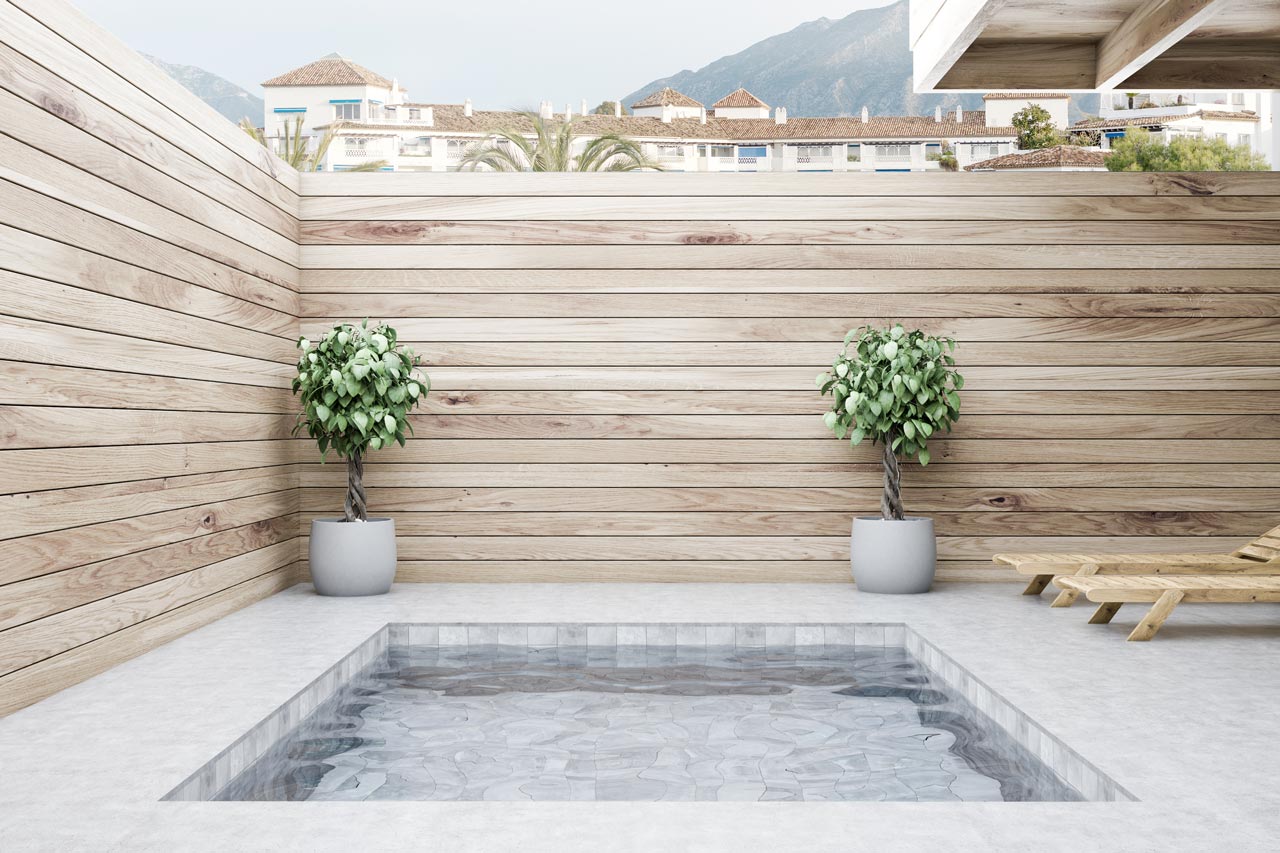
Get matched with top swimming pool in ground builders or installers in your area
Enter your zip and get matched with up to 3 pros
Matching on HomeAdvisor


Swimming pool in ground builders or installers in Colorado Springs
Swimming pool in ground builds or installations FAQs
Installing a lap pool at home offers you the convenience of exercising whenever you like without needing to travel to a gym. It's a great way to stay fit while saving time and money. Plus, lap pools take up less space than traditional pools, use less water and energy, and typically cost less to install and maintain. It's an excellent investment if you value health and convenience.
To install a lap pool in your backyard, you'll need to consider the type of pool you want. For a traditional 40-by-8-foot lap pool, plan for at least 50-by-10 feet to allow room for decking. If you're considering an endless pool, you'll only need about 15-by-8 feet. Don't forget to account for other outdoor features you might have or want, like a swing set, shed, or garden. Planning your space carefully ensures you get the most enjoyment from your backyard.
A 40-foot lap pool is a great size for most homeowners. It provides enough length for a good workout while fitting comfortably in many backyards. Of course, the ideal size for your lap pool depends on your available space and budget. Consider talking with a professional pool builder to determine the best size and design for your needs.
Lap pools can be a worthwhile investment if you plan to use them regularly for exercise. If you enjoy swimming laps but prefer the convenience of staying at home, a lap pool might be perfect for you.
Keep in mind that lap pools are longer than average pools, typically around 40 feet, so you'll need adequate space in your backyard. While adding a lap pool can increase your home's value by about 7%, factors like the materials used and maintenance can affect the ROI. Also, potential buyers with young children or those wanting a traditional pool might not find a lap pool as appealing.
Fall is the best time to buy a lap pool. During this season, pool installation companies often offer special deals and savings to fill their schedules as business slows down. By purchasing your lap pool in the fall, you can take advantage of lower costs and ensure quality installation before the next swimming season.
To maintain your lap pool, regularly check the water level and add or drain water as needed. Test and balance the chemical levels to keep the water safe and clean. Inspect the tiles and surfaces for any damage, and promptly remove debris with a skimmer. Regularly vacuum the pool and clean the filter to ensure everything runs smoothly and your water stays crystal clear.





- Swimming Pool - Clean and Maintain
- Swimming Pool Heaters - Install or Replace
- Replace Vinyl Liner for Swimming Pool
- Swimming Pool -Remodel
- Swimming Pool Covers - Install or Replace
- Pool Deck - Build
- Swimming Pool Heaters - Repair or Service
- Swimming Pool - Resurface
- Pool Tile - Install or Repair
- Swimming Pool - Above Ground - Build or Install
- Swimming Pool - Opening & Closing Service
- Swimming Pool or Accessories - Repair or Service
- Birmingham
- Phoenix
- Tucson
- Fresno
- Long Beach
- Los Angeles
- Modesto
- Sacramento
- San Diego
- San Francisco
- San Jose
- Denver
- Hartford
- Washington DC
- Fort Lauderdale
- Jacksonville
- Miami
- Orlando
- Tampa
- Atlanta
- Chicago
- Indianapolis
- Louisville
- New Orleans
- Baltimore
- Boston
- Detroit
- Grand Rapids
- Minneapolis
- Saint Paul
- Kansas City
- Saint Louis
- Las Vegas
- Albany
- New York
- Asheville
- Charlotte
- Greensboro
- Raleigh
- Winston Salem
- Cincinnati
- Cleveland
- Columbus
- Oklahoma City
- Portland
- Harrisburg
- Philadelphia
- Pittsburgh
- Providence
- Memphis
- Nashville
- Austin
- Dallas
- El Paso
- Fort Worth
- Houston
- San Antonio
- Salt Lake City
- Norfolk
- Richmond
- Virginia Beach
- Seattle
- Madison
- Milwaukee



